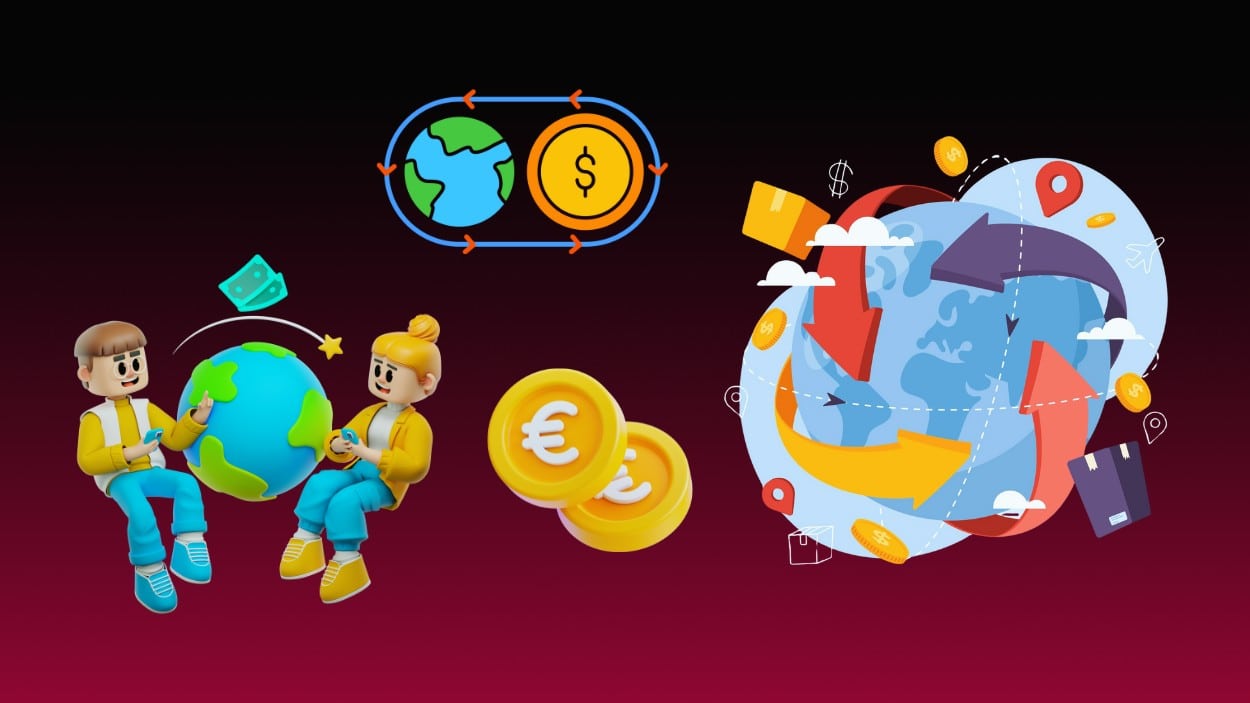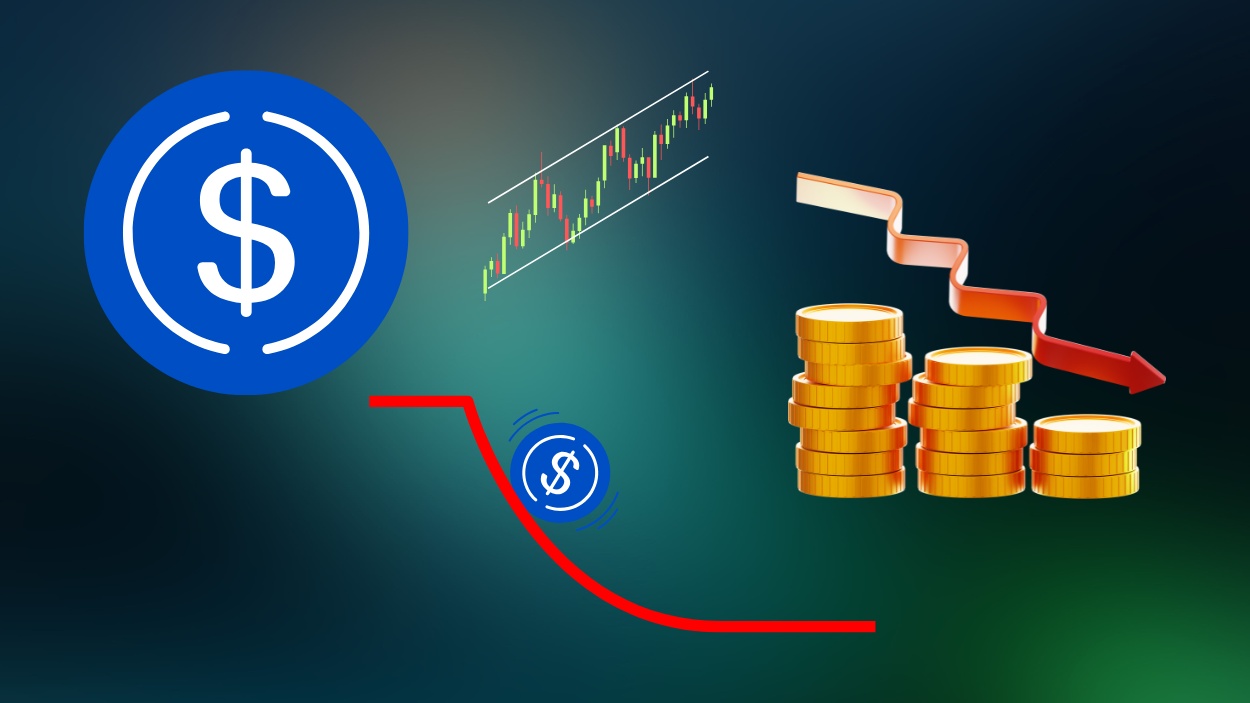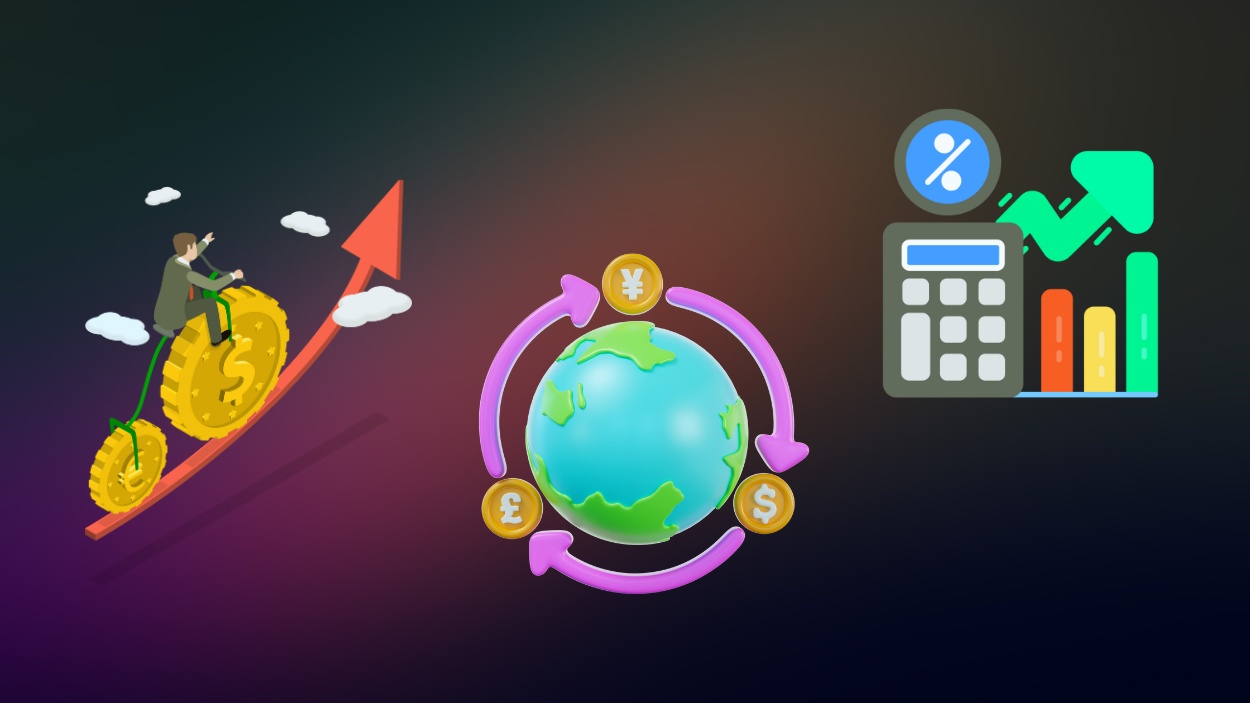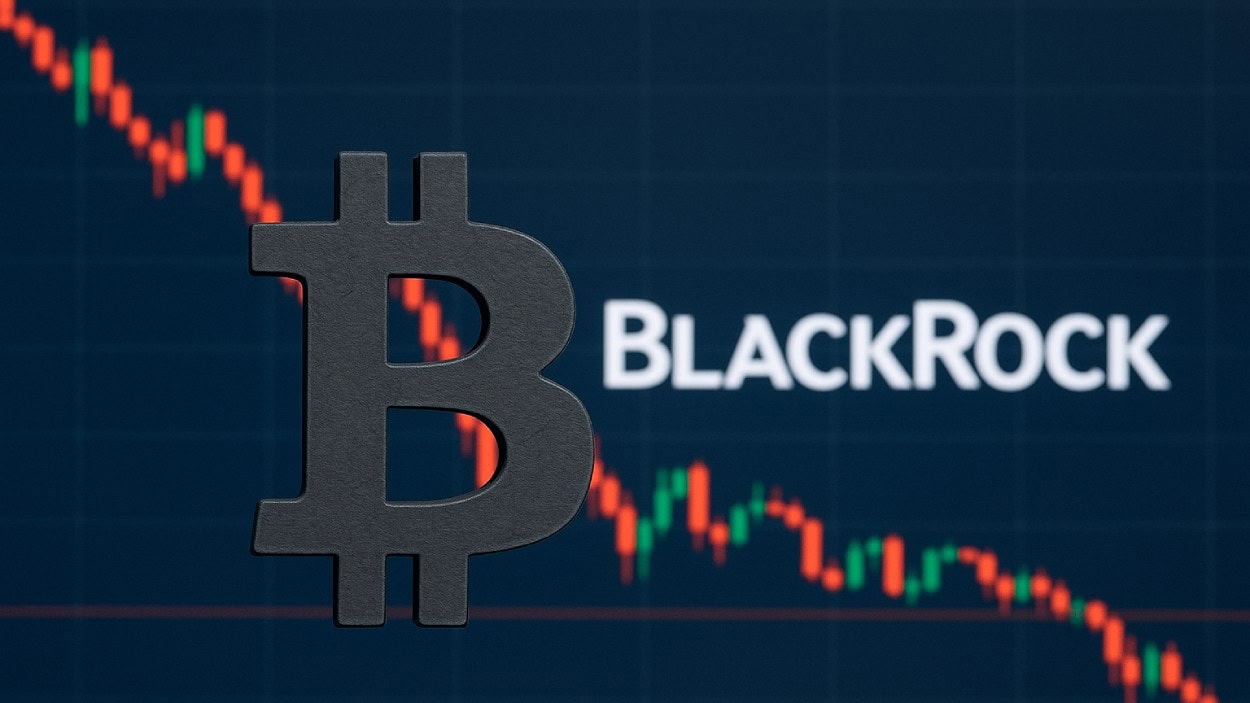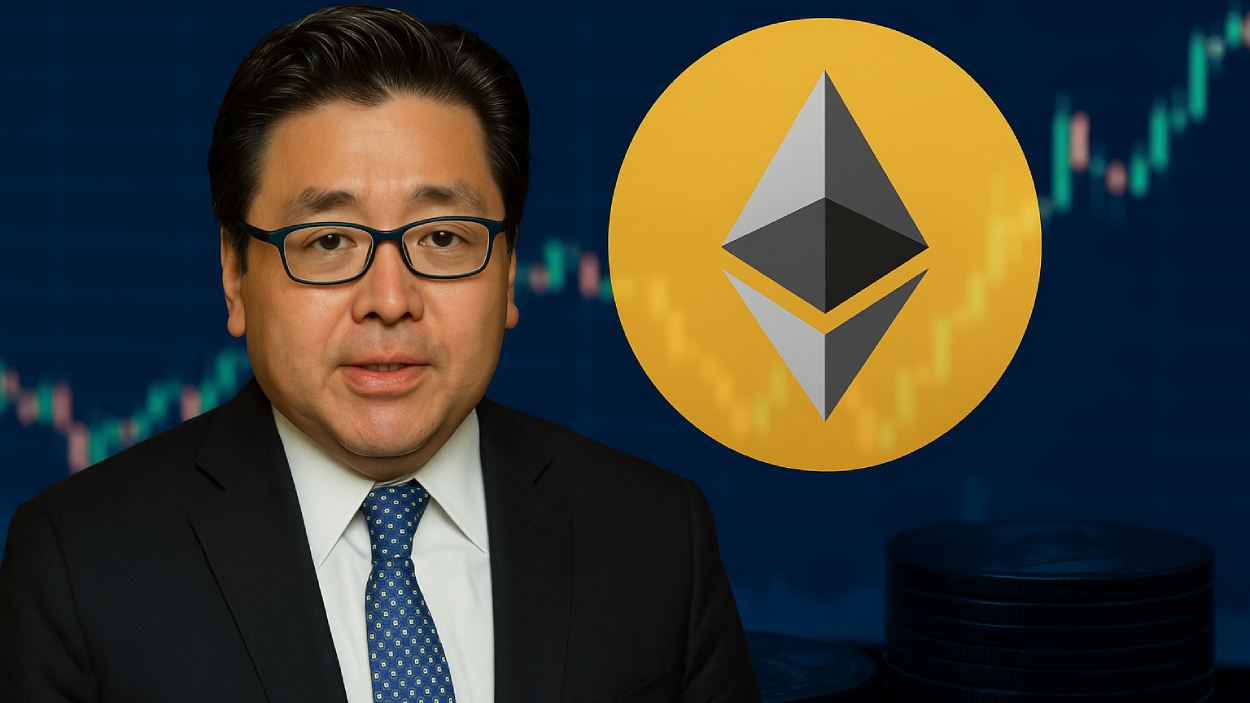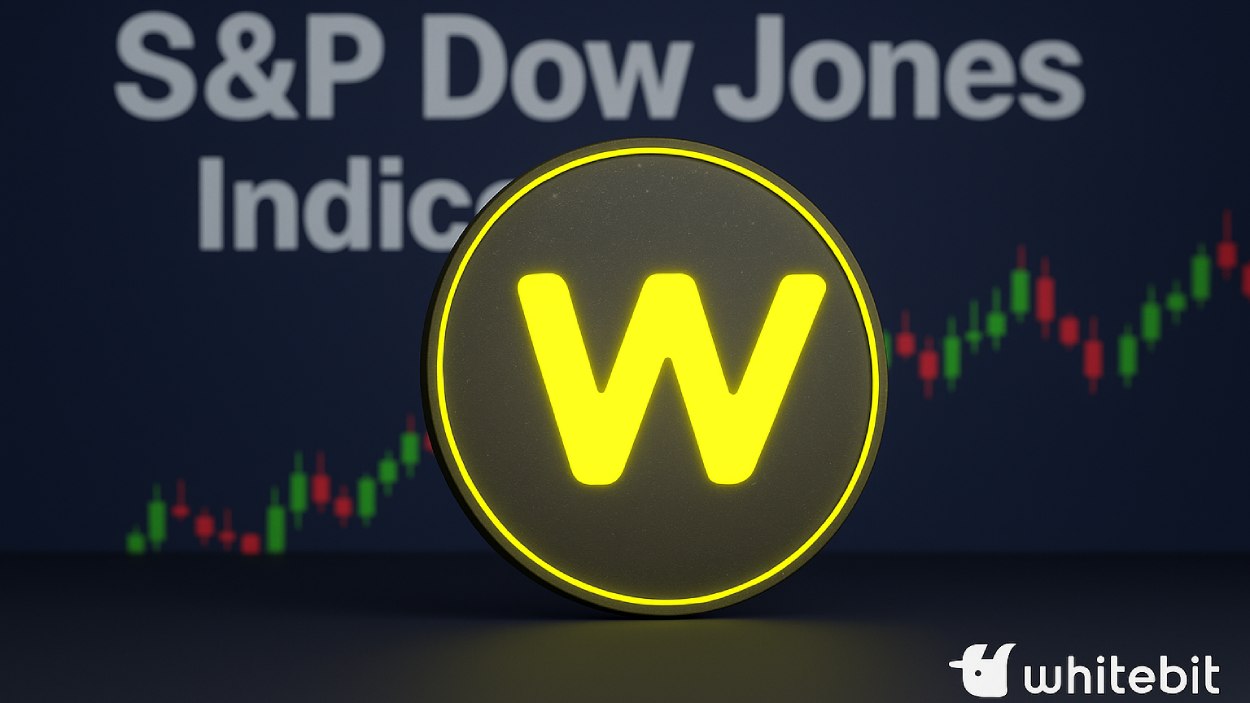In a rapidly globalizing world, remittances play a crucial role in connecting economies and empowering households across borders. Imagine a worker in the US sending money home to their family in India, enabling education, healthcare, and housing. This is the power of remittances, and their impact spans billions of lives globally. Understanding the trends, milestones, and innovations in global remittance flows has never been more essential. Let’s dive into the critical statistics shaping this vital economic force.
Editor’s Choice
- $905 billion in global remittance flows were recorded, up 4.6 % year‑over‑year, with projections for continued growth in 2025.
- India remains the largest remittance‑receiving country with $135 billion in inflows, marking a new record.
- 67 % of remittance senders now use digital platforms, showing strong adoption growth from prior years.
- The average cost of sending remittances globally is about 6.49 % as of 2025.
- Sub‑Saharan Africa remains the most expensive region for remittance transfers, averaging above 7 % per transaction.
- Mexico received $58 billion in remittances, reflecting its continued strong ties with the U.S. corridor.
Countries Receiving the Highest Remittances
- India led global remittance inflows with $129 billion, reinforcing its dominance in diaspora transfers.
- Mexico came second with $68 billion in remittances, solidifying its role as a major Latin American hub.
- China received $48 billion, maintaining its strong position despite fluctuations.
- The Philippines pulled in $38.34 billion, marking a new record and vital support for its economy.
- Pakistan received $33 billion, underscoring the importance of remittances amid economic pressures.
- Egypt logged $22.7 billion in remittances, as inflows adjust to shifting migration and regulation patterns.
- Nigeria remains Africa’s top recipient with inflows estimated at around $25 billion (latest available).

Regional Breakdown of the Global Digital Remittance Market
- North America leads with a 32% market share, driven by strong fintech penetration, cross-border migration, and advanced digital infrastructure.
- APAC accounts for 28.9%, fueled by massive outbound and inbound remittance flows from countries like India, the Philippines, and Vietnam.
- Europe holds 26.3%, supported by EU-wide payment integration and the rising number of migrant workers using digital channels.
- South America captures 9.1%, led by growth in Brazil and Mexico, where digital wallets are increasingly used for cross-border transfers.
- MEA represents 3.7%, reflecting gradual digital adoption but strong remittance inflows from Gulf Cooperation Council (GCC) countries.

Remittances as an Economic Lifeline for Several Countries
- In Bangladesh, remittances reached $24 billion in 2023 and likely surpassed $25 billion in 2025 with increasing overseas work.
- Kenya’s remittances hit $4 billion and continue to grow, outpacing traditional aid flows.
- Somalia’s remittances grew ~11%, reaching $1.4 billion, now estimated closer to $1.6 billion in 2025.
- El Salvador’s remittances totaled $7.7 billion (≈ 26% of GDP) and remain a key economic pillar.
- Armenia’s inflows reached $3 billion, representing ~12% of GDP as of the latest data.
- Sri Lanka received $6.7 billion in remittances, playing a critical role in debt servicing and currency stabilization.
- Lebanon relied on $6.5 billion in remittances (about 17% of GDP) amid its ongoing crisis.
Visualizing Remittance Flows and GDP Impact By Country
- India’s remittance inflows accounted for 3.3% of its GDP in 2025, underlining their ongoing role in economic stability.
- In Nepal, remittances represented around 25.4% of GDP in 2025, making it one of the most remittance-dependent economies globally.
- Pakistan saw remittances equivalent to 8.5% of its GDP in the latest data, offering vital balance-of-payments support.
- The Philippines continues to rely heavily on remittances, which make up about 9.6% of GDP in recent years.
- Tajikistan’s remittances equaled 38.4% of GDP in 2025, showcasing their critical role in cushioning economic shocks.
- Egypt’s remittance inflows represented about 7% of GDP in recent reports, helping mitigate inflation and support foreign reserves.

Emerging Focus on Remittance Digitalization in Developing Countries
- Global digital remittance platforms expanded sharply, with 67% of users preferring app-based transfers in 2025.
- In Kenya and Ghana, digital remittances rose roughly 23%, driven by strong mobile wallet adoption.
- India’s digital remittance adoption grew by about 15%, with efforts to extend access to rural areas.
- Bangladesh launched a blockchain-enabled remittance corridor, cutting costs by ~30% in pilot phases.
- Vietnam saw ~19% growth in digital remittance flows, reflecting fintech modernization.
- Nigeria’s central bank incentivized formal digital remittances via more favorable exchange rates for users.
- The Philippines surpassed $10 billion in digital remittances, underscoring its robust digital payments infrastructure.
Competitive Landscape of the Global Digital Remittance Market
- Azimo Limited leads with a 19% market share, driven by its strong foothold in Europe and Asia and its focus on low-cost, fast cross-border transfers.
- InstaREM Pvt. Ltd. follows at 17%, expanding rapidly across Asia-Pacific and North America with competitive exchange rates and API-based integrations.
- Digital Wallet Corporation holds 13%, leveraging its mobile-first platforms and growing partnerships with regional banks.
- TransferGo Ltd. captures 10%, boosted by its affordable fee model and increasing adoption in the European remittance market.
- MoneyGram and TransferWise (Wise) each command 8%, balancing digital innovation with legacy customer trust and hybrid service models.
- PayPal Holdings, Inc. secures 7%, benefiting from its global digital payments ecosystem and seamless integration with online wallets.
- Western Union Holdings, Inc. maintains 6%, steadily shifting from physical remittance services toward digital-first operations.
- Ria Financial Services Ltd. holds 5%, utilizing its large agent network and diversified corridor presence.
- Other key players collectively represent 8%, contributing to innovation and regional market diversity in digital remittance solutions.

Technological Innovations in Remittance Services
- Blockchain-based solutions 2025 have cut remittance costs by up to 50%, enabling faster, more transparent transfers.
- AI-powered fraud detection tools in 2025 blocked over $150 million in fraudulent remittance attempts.
- Ripple and similar fintechs now support real-time remittances across more than 70 countries in 2025.
- Biometric identification systems (e.g., iris scans) are widely used in 2025 in regions like Sub-Saharan Africa to strengthen transfer security.
- Xoom expanded to 20 new markets by 2025, lowering remittance costs to developing countries.
- Smart contracts automate transparent payments in the MENA region as of 2025, reducing delays and manual process errors.
- Digital wallets such as Wise and Revolut processed over $60 billion in remittances in 2025, reflecting a continued shift from traditional methods.
Recent Developments
- Global remittance flows are now estimated at $905 billion in 2024, with 4.6% growth and more moderate increases expected in 2025.
- The World Bank has renewed initiatives aiming to lower global remittance costs to 3% to support low-income countries.
- Mexico’s remittance inflows are under pressure, with a 4.6% year-on-year decline in May 2025 to $5.36 billion.
- GCC countries posted a 10% increase in remittances in recent years, aided by stable oil prices.
- The EU adopted advanced fintech rules to improve security and transparency in cross-border transfers.
- India and Singapore deepened cooperation on a blockchain payment corridor to streamline remittance flows.
- A UN study reaffirms that cutting remittance costs to 3% could inject an extra $20 billion annually into recipient economies.
Frequently Asked Questions (FAQs)
Global remittances reached $905 billion in 2024 with 4.6% growth, with a modest increase expected in 2025.
India was number one in 2024 with $129 billion, followed by Mexico $68 billion, China $48 billion, the Philippines $38.34 billion, and Pakistan $33 billion.
As of Q1 2025, the global average cost to send $200 is 6.49%, while digital services average 5.06%.
67% of surveyed consumers prefer sending money using a digital app in 2025.
Conclusion
Global remittances remain a cornerstone of economic support, touching the lives of millions across borders. The convergence of technology, regulatory frameworks, and digital adoption is set to transform the remittance landscape. From empowering economies in the Global South to enabling seamless, affordable transactions worldwide, remittances are much more than monetary transfers; they are lifelines of hope and progress. Staying informed about these trends ensures we understand their critical role in shaping a more connected and inclusive global economy.
Hover or focus to see the definition of the term.


